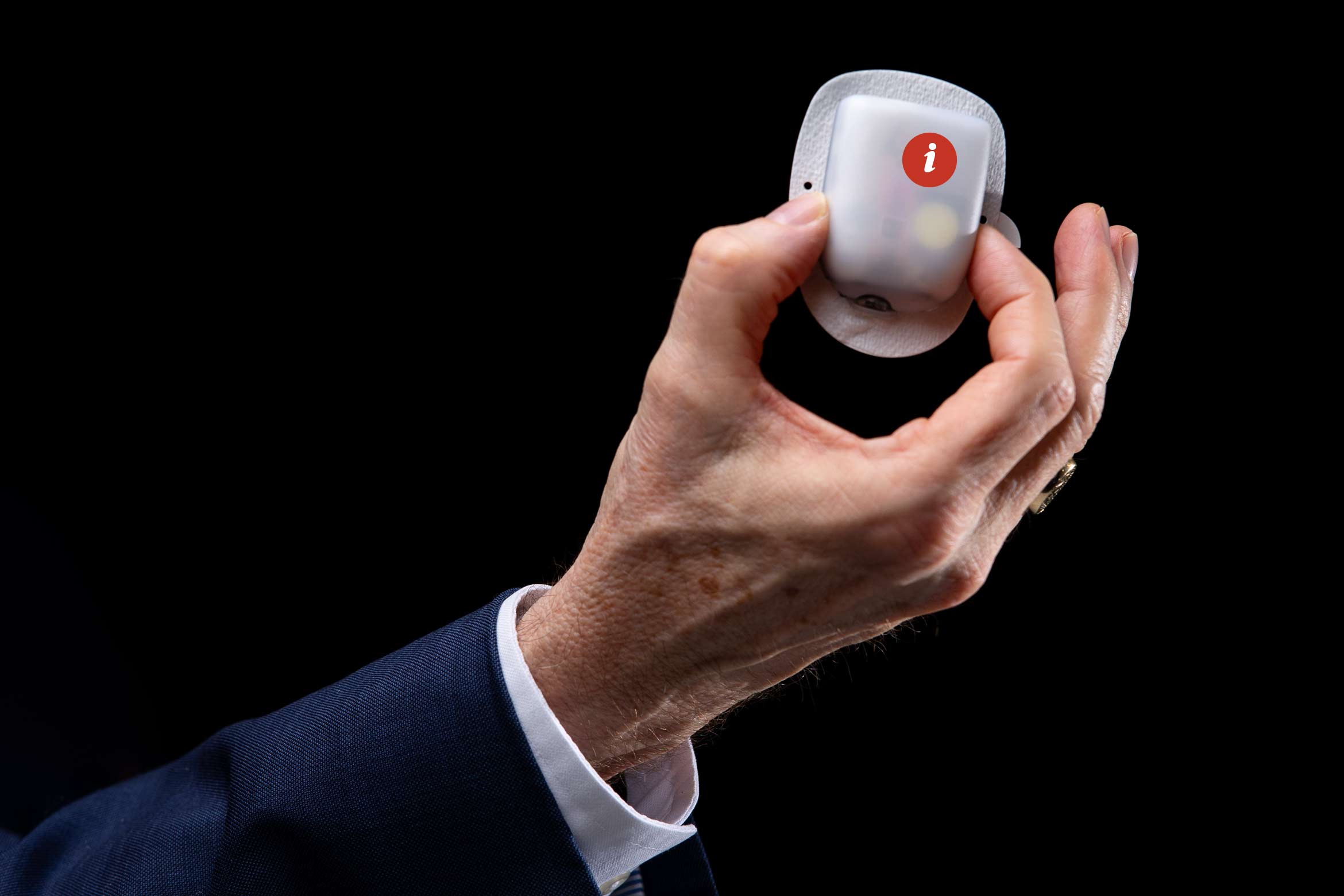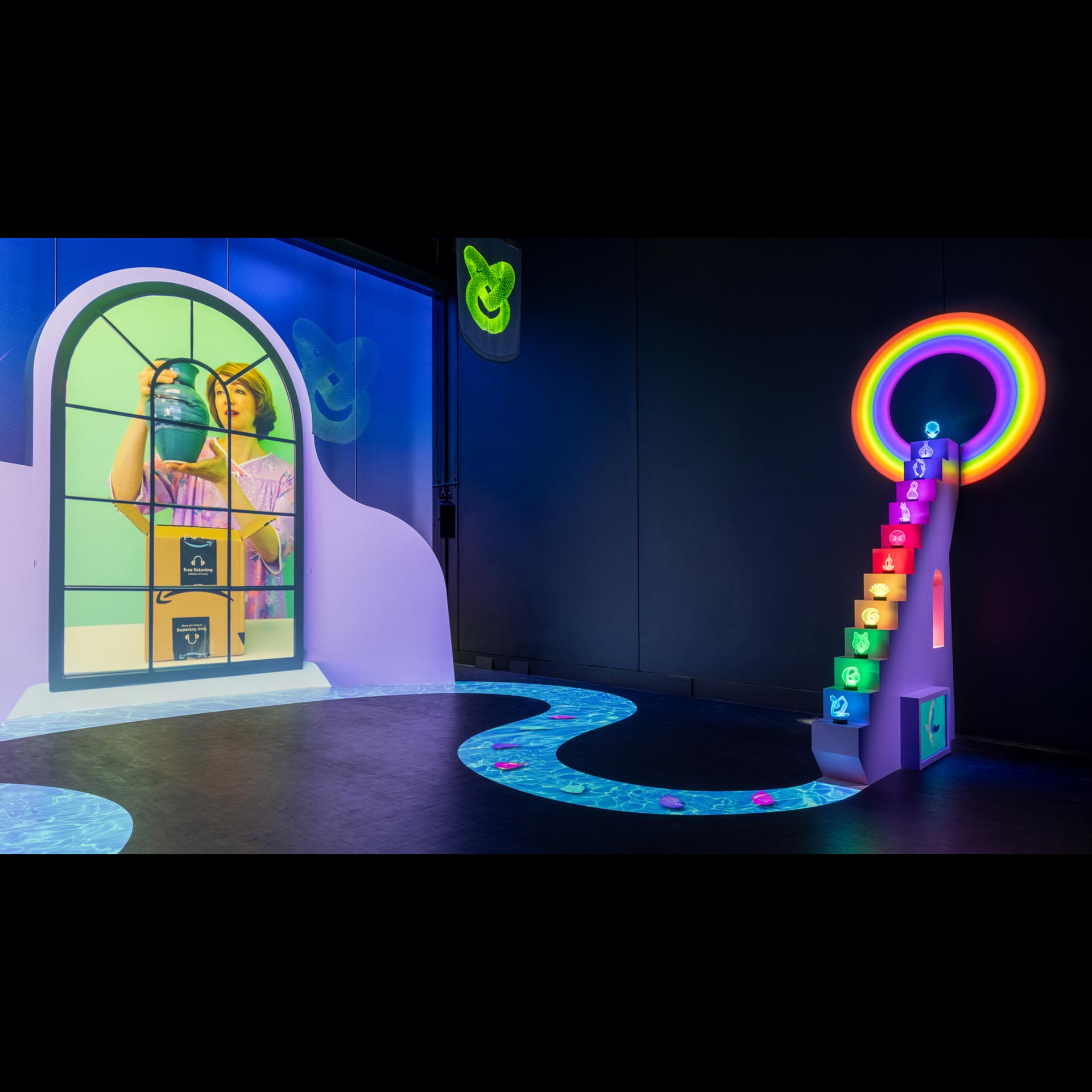
A diabetes puzzle piece takes shape at UC Santa Barbara
A diabetes puzzle piece takes shape at UC Santa Barbara
by Sonia Fernandez
photos by Nick Dentamaro
Managing diabetes can be a painstaking, unforgiving process, requiring patients to maintain constant vigilance over blood sugar levels. For the millions of people who rely on insulin, it’s a calculation that requires one to take into account an array of variables including food intake, physical activity and stress, in addition to the confounding effects of co-occurring conditions and other prescriptions. The difficulty of this task often leads to low adherence to insulin therapy and subsequent complications brought on by diabetes, including cardiovascular disease, sight problems and nerve damage.
But what if that complicated piece of the diabetes puzzle could be handled automatically? That was the challenge that inspired former UC Santa Barbara chemical engineering professor Frank Doyle to consider what it would take to run a system that could take the traditional needle-stick and reckoning process and replace it with a real-time assessment of blood glucose levels and an accurate insulin delivery.
“The opportunity was to close the feedback loop and make something that was automated and invisible and out of the hands of the patient,” said Doyle, a self-described “algorithm person” whose engineering expertise lies in the discipline of process control.
That was some three decades ago, during Doyle’s first years as a faculty member at Purdue University. While technology had slowly been evolving to make insulin delivery more mechanized, accuracy, ease of use, safety concerns and technical problems limited the use of insulin pumps at that time. Then there was their inability to keep up with the variety of modern lifestyle factors that affect blood sugar levels throughout the day. Intrigued by the unique challenge of designing control systems to complement the complexities of the human body, he, alongside colleague Nicholas Peppas, dove into the problem of diabetes management.
At the core of the problem is the tiny margin for error when it comes to insulin dosage: not enough is ineffective, but it’s too easy to get too much. In individuals without diabetes, this exacting dosage is handled by the pancreas, in response to a complex cascade of hormonal signals.
“The challenge with insulin is that too much can be lethal,” Doyle explained. “In the realm of drugs, there’s something called a therapeutic index, which is the ratio of a lethal dose to the efficacious, therapeutic dose. For aspirin, it’s approximately 30 — so it is very difficult to have a mistaken overdose. With insulin, for a lot of people, it’s less than two to one.”
After Purdue, Doyle continued his research at the University of Delaware, but it wasn’t until his stint at UC Santa Barbara beginning in 2002 that he conceived an algorithm for an artificial pancreas that would lead to a patentable form.
“The innovation and breakthroughs happened at UCSB,” he said. “I credit the campus culture for promoting that.” Thanks to then-mathematical, life and physical sciences dean Martin Moskovits, who made the pivotal connection between Doyle and Lois Jovanovic, at that time director of the local Sansum Diabetes Research Institute (SDRI), the artificial pancreas algorithm could be test-run in a population with real-world diabetes issues and complexities.
Doyle collaborated with fellow chemical engineering professor Dale Seborg (now emeritus) to develop models to put the algorithm through its paces.
“It’s not a model based on a physical pancreas, or how it works,” Seborg said. Rather, he explained, the models are data-based representations of patients’ glucose profiles paired with insulin delivery data. A patient model allows the therapy to go farther than the traditional method of taking a glucose reading and responding to that information with an insulin dose, he added, by allowing for prediction of future glucose values.
The innovation and breakthroughs happened at UCSB. I credit the campus culture for promoting that.

Frank Doyle
“If you’re just reacting to the current glucose measurement, you’re going to be too slow because unfortunately things like food and physical activity act faster on glucose than relatively slow insulin does,” he said. “If you have a model, you can see not only where you are now, you can adjust your current insulin delivery based on current measurements, knowledge of past insulin delivery and the projected future glucose values.” The result is a more accurate and timely dosage of insulin that can keep glucose well within a healthy range — even during sleep — and a therapy that is personalized to the patient’s lifestyle.
With SDRI senior investigator Eyal Dassau, Doyle and Seborg were able to evaluate the algorithm’s performance in a clinical setting, conducting the first closed-loop trial for insulin therapy using an artificial pancreas in the United States. The success of that endeavor was followed by close to a decade of further clinical testing around the world, and ultimately Doyle collaborated with a start-up company that licensed the algorithms. That company was acquired just two years ago by a large biotech firm specializing in insulin pumps for diabetes.
At that time, Doyle was serving as the dean at Harvard’s John A. Paulson School of Engineering and Applied Sciences; more recently he took on the role of provost at Brown University. But he still finds time to visit UCSB and catch up with colleagues. And his influence can be felt in “Process Dynamics and Control,” the leading textbook for chemical engineering students that he co-authored with Seborg, UCSB chemical engineering emeritus professor Duncan Mellichamp, and University of Texas at Austin emeritus chemical engineering professor Thomas Edgar.
“We like to call control ‘the invisible technology,’” Doyle said. “When it works well, you don’t know it’s there, and people don’t think about it. So it succeeds by being in the background, by being invisible. And that’s part of the allure of the technology.”


